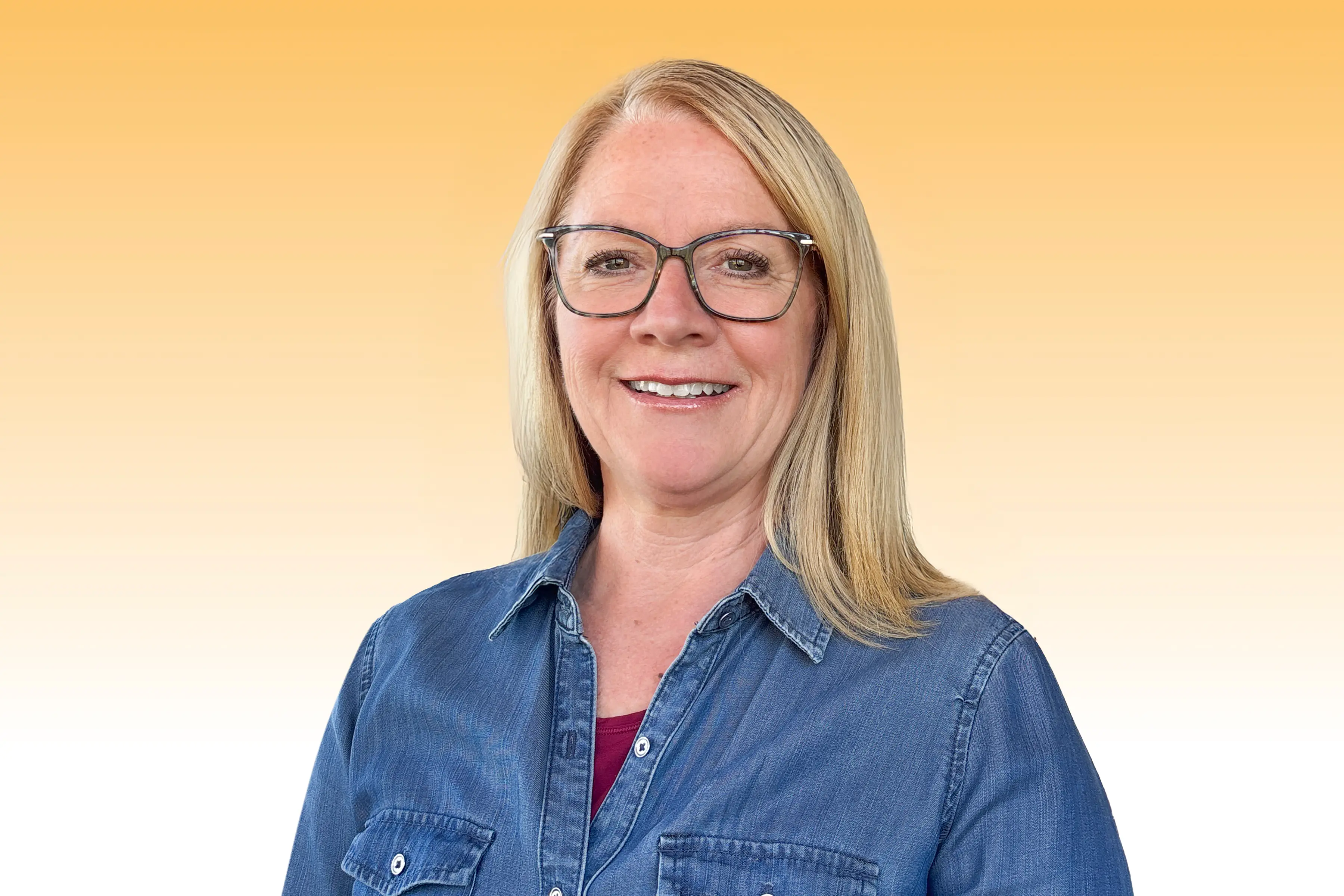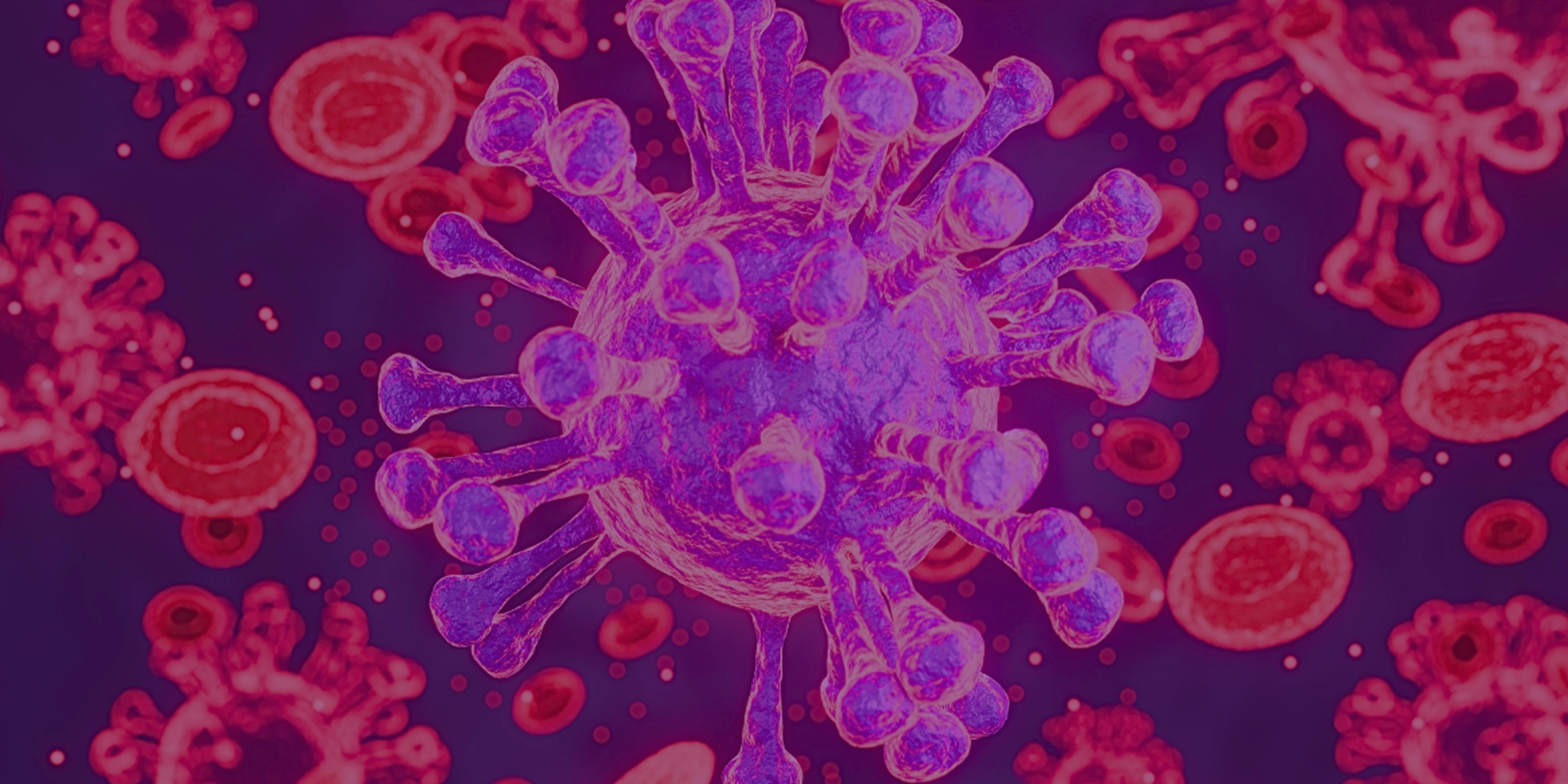Donna Campbell, AS
Global Operations Head,
Government

Infectious Disease and Vaccine clinical trials require a therapeutically aligned team with global expertise. Allucent’s specialized staff excel in this domain, possessing a broad range of experience in infectious disease and vaccine clinical development. Through decades of proficiency, we apply a deep understanding of the regulatory framework in the U.S., EU, Asia-Pacific, and Latin America.
In addition to sponsor-funded trials, we work in federally-funded trials which demonstrate our ability to conduct global large vaccine studies in acute settings.

The dynamic and fast-paced world of vaccine development requires expert attention to potential risks, along with the implementation of proactive strategies to mitigate those risks.
Learn More

Putting patients first is paramount in designing and implementing infectious disease and vaccine trials.
Learn More

Collecting valid Real-World Evidence (RWE) is complex, yet essential for researchers to demonstrate a vaccine’s effectiveness and safety to regulators. Implementing field studies to collect this crucial data allows patients to be monitored in natural environments that can accurately examine the immediate impact of the novel vaccine.
Learn More

From accelerated approval pathways, to ever-evolving regulatory requirements, navigating the regulatory landscape necessitates comprehensive, global expertise.
Learn More
Infectious Disease and Vaccine Development involves the specialized services and solutions of an experienced CRO to ensure effective patient recruitment and retention, risk assessment, and regulatory strategy.
Click icons for more information:


Allucent is ready to partner with you to conduct trials for infectious diseases caused by viruses, bacteria, fungi, or parasites. Access our global infectious disease and vaccine experience to fight emerging and re-emerging diseases.
270+
Studies
4,600+
Sites
65,000+
Patients
All-time years of experience

Executive Medical Director,
Therapeutic Area Lead,
Infectious Diseases, Vaccine, and Allergy



News
Learn More

Blog
Learn More

Case Study
Learn More

Blog
Learn More

Webinar
Learn More
Let us know how we can help you bring new therapies to light. Get in touch to get started.
Want to help small and mid-sized biotech companies change the therapeutic landscape?